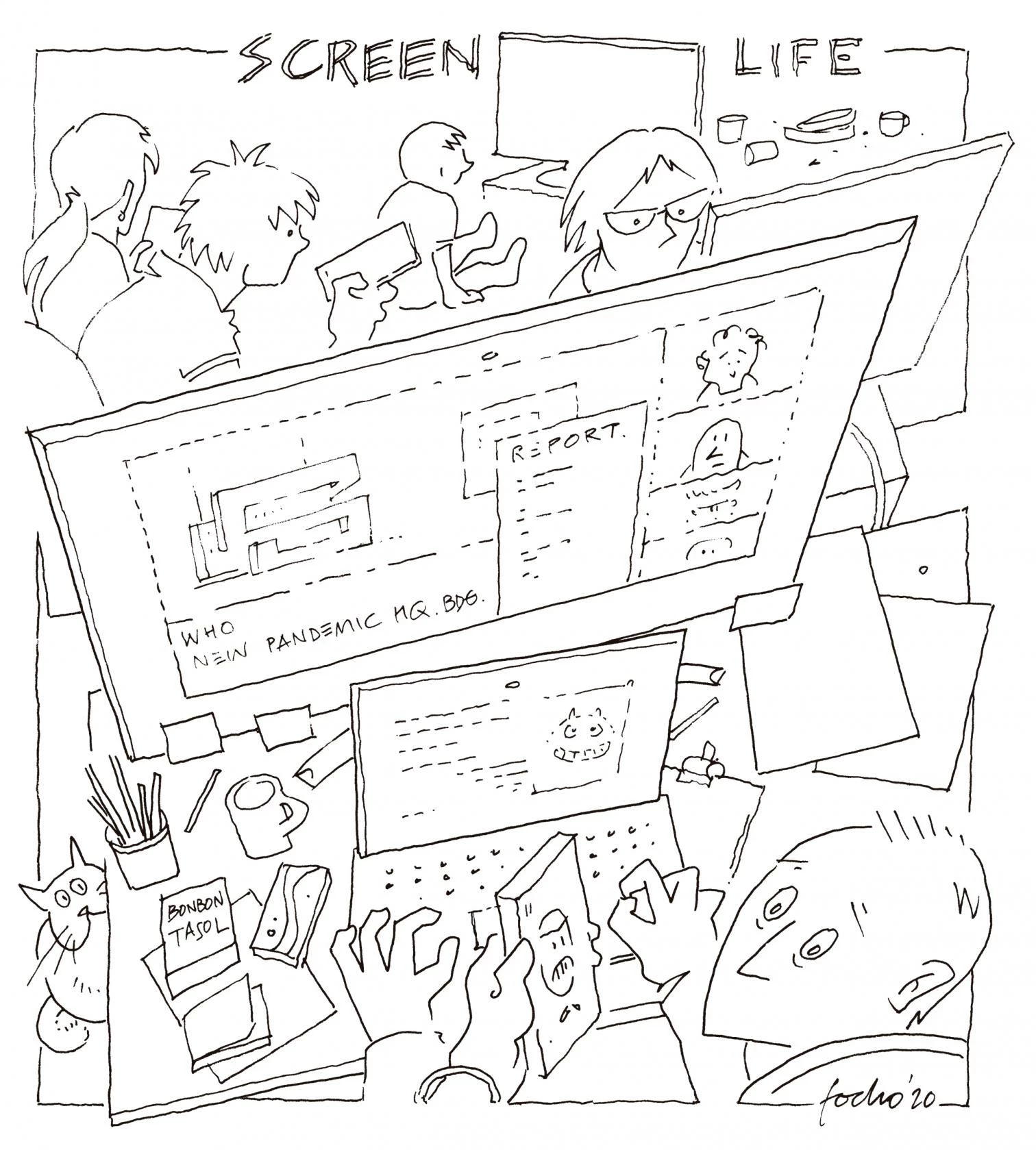
Arquitectura Viva teleworking
It is not easy to ponder the real magnitude of the pandemic’s impact on our everyday existence; to find a middle ground between catastrophists convinced that Covid-19 marks a point of no return for societies, and optimists certain that the return to normal – with no ‘new’ – is just around the corner. What does seem sure, at the very least, is that the demands of quarantine have served to speed up certain processes that were already ongoing before the health crisis broke out.
Most notable among them perhaps is the expansion of telework, an instrument advocated especially in the spirit of labor conciliation, and which advances in technology and the sudden arrival and spread of the coronavirus have generalized and rendered indispensable.
Few will deny the advantages of adopting remote working wherever possible. The advantages do not concern employees only, but companies too, because if the former are freer to organize their work and make it compatible with their respective family lives, the latter are freed of the need to build and maintain expensive corporate headquarters, or even have physical spaces for traditional office operations.
But distance working also has its cons. Indeed, it loosens our bonds with our conventional workplaces, but it is equally true that work-at-home tends to tie us to the working mode, stretching work schedules into ungodly hours, with the potential abuse this involves. And while telecommuting can bring about labor conciliation, it is to a considerable measure at the cost of interaction in the office, after all one of the principal methods of socialization in modern life. It is in the nature of capitalism to keep reinventng itself, and one is at pains to block out the idea that telework is simply one of its new faces.






